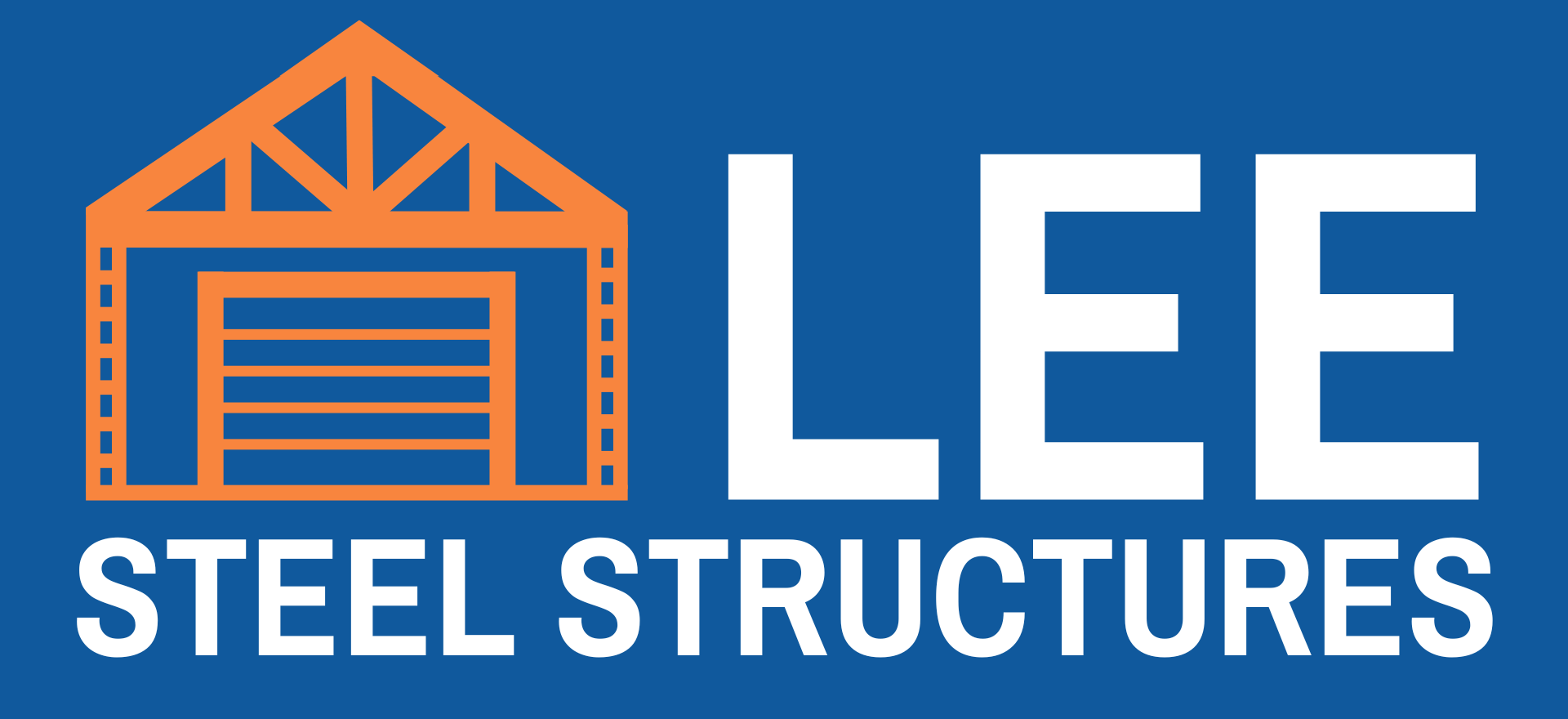Insulation
Why is this Important to Insulate?
Metal buildings are known for their durability, low maintenance, and quick construction. However, without proper insulation, they can be uncomfortable and energy-inefficient—especially in extreme temperatures. Insulating your metal building helps regulate indoor temperatures, reduce energy costs, and prevent issues like condensation.
Why Insulation Matters
Steel, being a strong thermal conductor, quickly transfers heat. In summer, an uninsulated metal building can become unbearably hot, driving up cooling costs. In winter, it loses heat just as fast, leading to high heating bills.
Additionally, temperature differences between the inside and outside surfaces often cause condensation. This moisture can lead to mold, rust, and long-term structural damage.
Proper insulation acts as a thermal barrier, helping to stabilize indoor temperatures and prevent moisture buildup. Over time, it can pay for itself through energy savings and increased comfort.
Types of Insulation for Metal Buildings
Here’s a breakdown of common insulation options and their pros and cons:
1. Fiberglass Batt Insulation
Pre-cut panels of woven glass fibers, commonly used due to affordability and ease of installation.
Pros:
Inexpensive and widely available
DIY-friendly
Provides sound dampening
Cons:
Needs a vapor barrier
Lower R-value per inch
Can irritate skin during installation
2. Rigid Foam Board Insulation
Dense boards made from polyiso, XPS, or mineral wool, ideal where space is limited but high R-value is needed.
Pros:
High thermal resistance
Lightweight and easy to handle
Some types include a vapor barrier
Cons:
Higher cost
Tricky installation around obstacles
3. Spray Foam Insulation
A liquid foam that expands to fill gaps, providing an airtight, high-performance thermal seal.
Pros:
Excellent insulation and air sealing
Reduces thermal bridging
Great soundproofing
Cons:
Expensive
Requires professional installation
Messy if not applied correctly
4. Radiant Barrier Insulation
Reflective foil insulation that deflects radiant heat, often used in hot climates as a supplemental layer.
Pros:
Blocks radiant heat
Lightweight and easy to install
Cons:
Low R-value by itself
Needs an air gap to function effectively
5. Blown-In Insulation
Loose-fill material (cellulose or fiberglass) blown into cavities—ideal for irregular spaces.
Pros:
Fills hard-to-reach areas
Good sound insulation
Eco-friendly options available
Cons:
Typically requires professional equipment
Can settle over time
Susceptible to moisture (especially cellulose)
Choosing the Right Insulation
When selecting insulation, consider the following:
Climate: Cold regions require higher R-values, while hot areas benefit from radiant barriers.
Building Usage: A workshop may need different insulation than a storage unit.
Budget: Upfront cost vs. long-term savings.
Moisture Protection: Condensation control is critical in metal buildings.
Ease of Installation: DIY vs. professional installation.
Final Thoughts
Proper insulation is essential for maximizing comfort, minimizing energy bills, and preserving the structural integrity of your metal building. Assess your needs, local climate, and usage to choose the best insulation type—and turn your metal garage into a more efficient, livable space.
Have Questions? We are always here to help! Give us a call at 1-888-568-7338.
